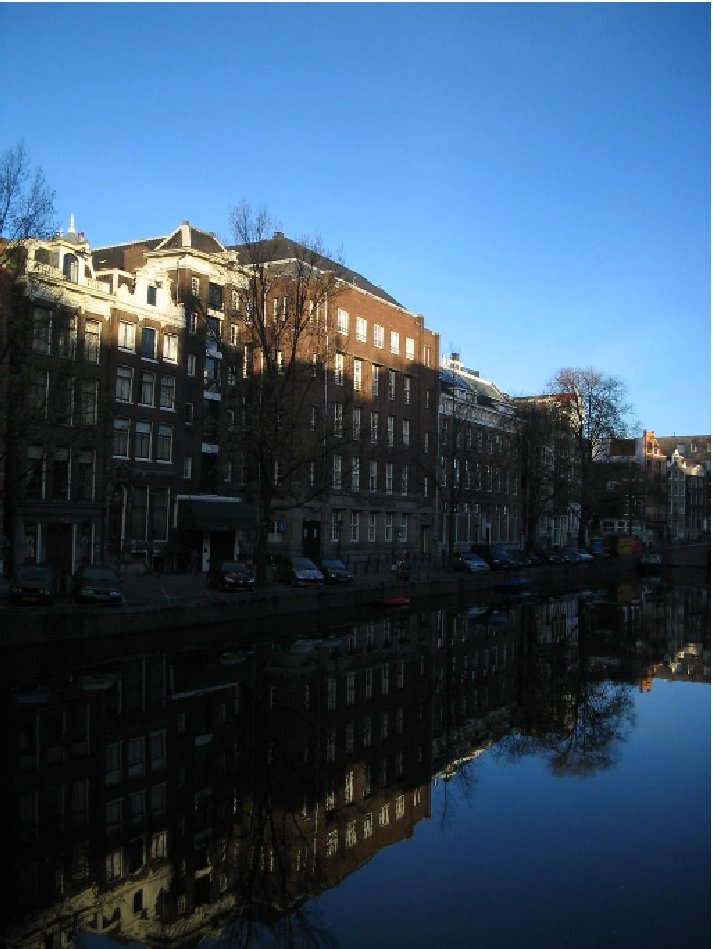Tone mapping is an essential step for the reproduction of "nice looking" images. It provides the mapping between the luminances of the original scene to the output device's display values. When the dynamic range of the captured scene is smaller or larger than that of the display device, tone mapping expands or compresses the luminance ratios.
We address the problem of tone mapping high dynamic range (HDR) images to standard displays (CRT, LCD) and to HDR displays. With standard displays, the dynamic range of the captured HDR scene must be compressed significantly, which can induce a loss of contrast resulting in a loss of detail visibility. Local tone mapping operators can be used in addition to the global compression to increase the local contrast and thus improve detail visibility, but this tends to create artifacts. We developed a local tone mapping method that solves the problems generally encountered by local tone mapping algorithms. Namely, it does not create halo artifacts, nor graying-out of low contrast areas, and provides good color rendition. We then investigated specifically the rendition of color and confirmed that local tone mapping algorithms must be applied to the luminance channel only. We showed that the correlation between luminance and chrominance plays a role in the appearance of the final image but a perfect decorrelation is not necessary.
Left: Gamma-encoded image. Right: Image treated by our method.


Recently developed HDR monitors enable the display of HDR images with hardly no compression of their dynamic range. The arrival of these displays on the market create the need for new tone mapping algorithms. In particular, legacy images that were mapped to SDR displays must be re-rendered to HDR displays, taking best advantage of the increase in dynamic range. This operation can be seen as the reverse of the tone mapping to SDR. We propose a piecewise linear tone scale function that enhances the brightness of specular highlights so that the sensation of naturalness is improved. Our tone scale algorithm is based on the segmentation of the image into its diffuse and specular components as well as on the range of display luminance that is allocated to the specular component and the diffuse component, respectively. We performed a psychovisual experiment to validate the benefit of our tone scale. The results showed that, with HDR displays, allocating more luminance range to the specular component than what was allocated in the image rendered to SDR displays provides more natural looking images.
Sabine Süsstrunk (LCAV)
Wulfram Gerstner (LCN)
This work is supported by the Swiss National Science Foundation under grant number 21-101681.